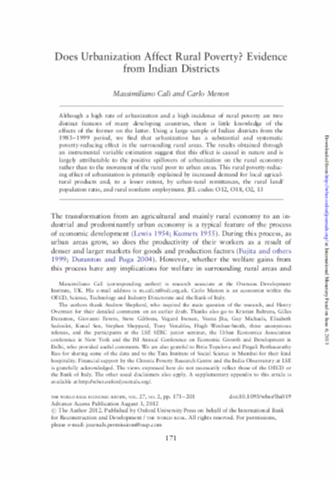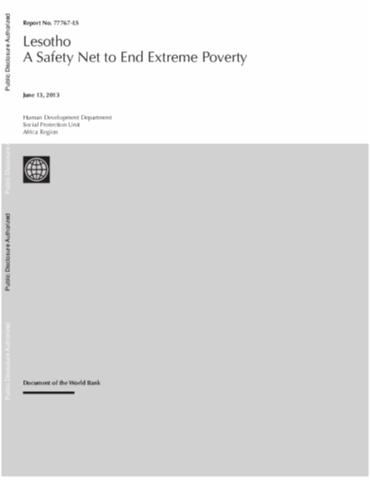Drivers of Sustainable Rural Growth and Poverty Reduction in Central America : Nicaragua Case Study, Volume 1. Executive Summary and Main Text
This regional study encompasses three
Central American countries: Nicaragua, Guatemala, and
Honduras. The focus of this report is Nicaragua. The
objective of the study is to understand how broad-based
economic growth can be stimulated, and sustained in rural
Central America. The study identifies "drivers" of
sustainable rural growth and poverty reduction, where
drivers are defined as the assets and combinations of assets




